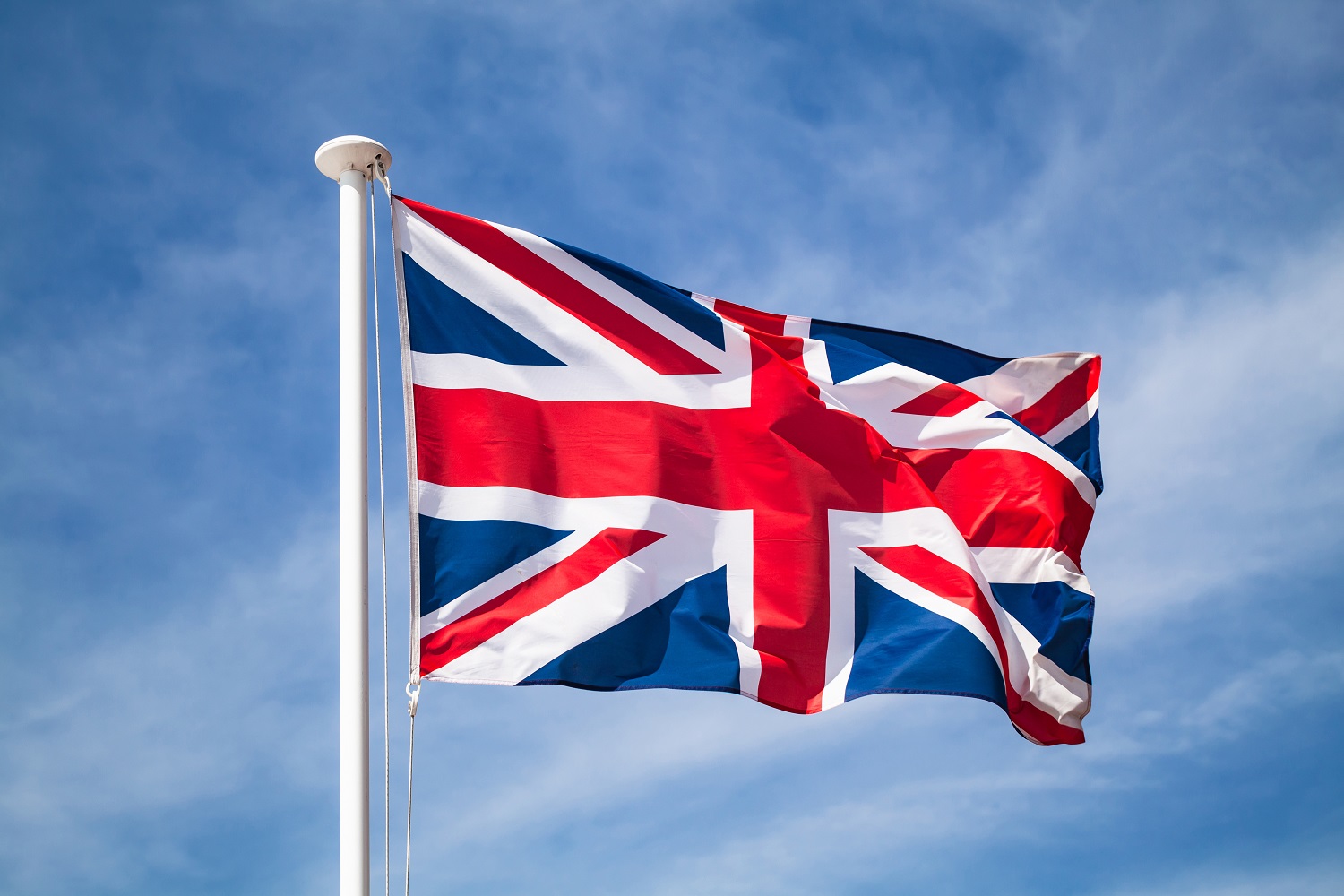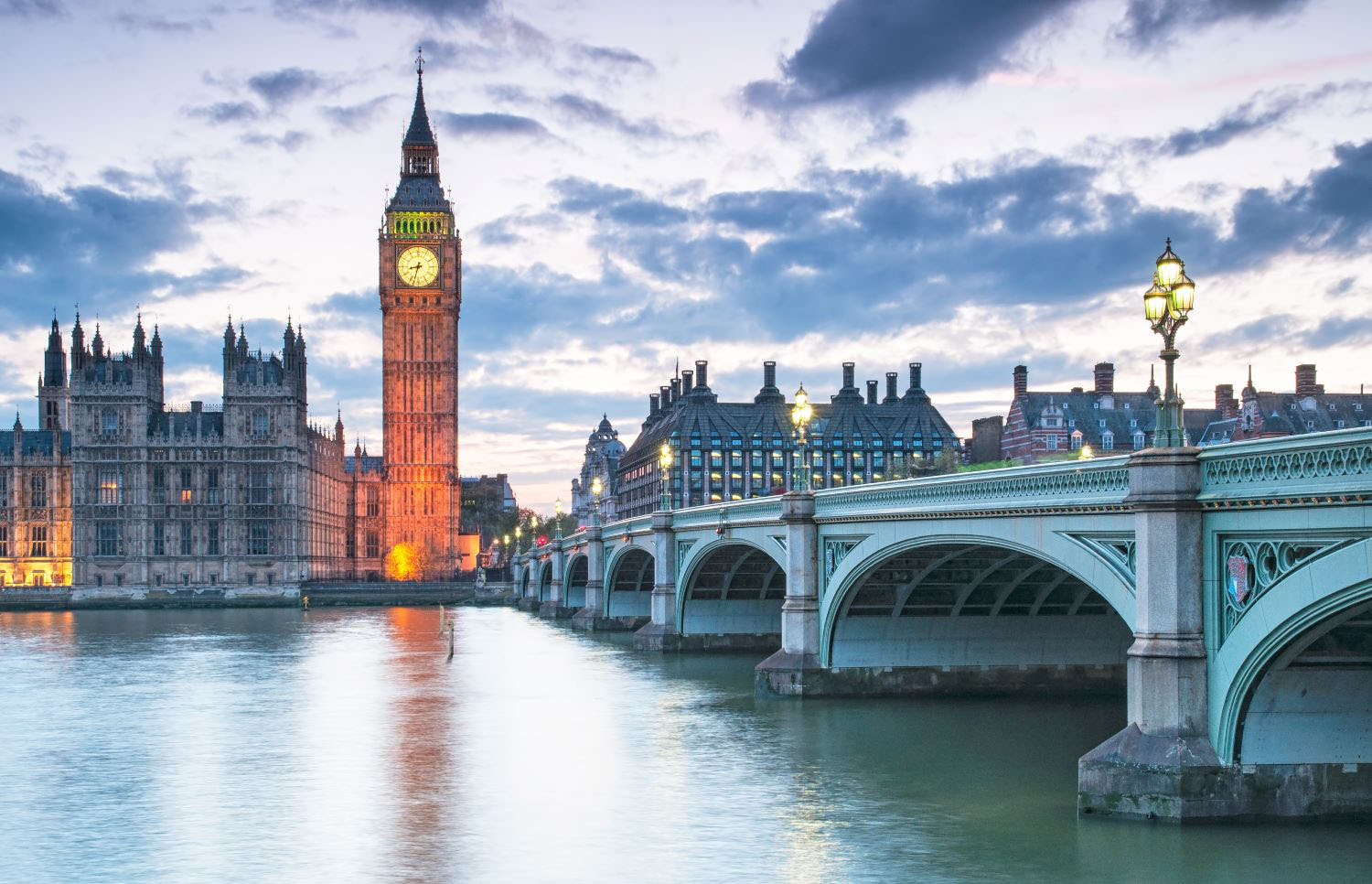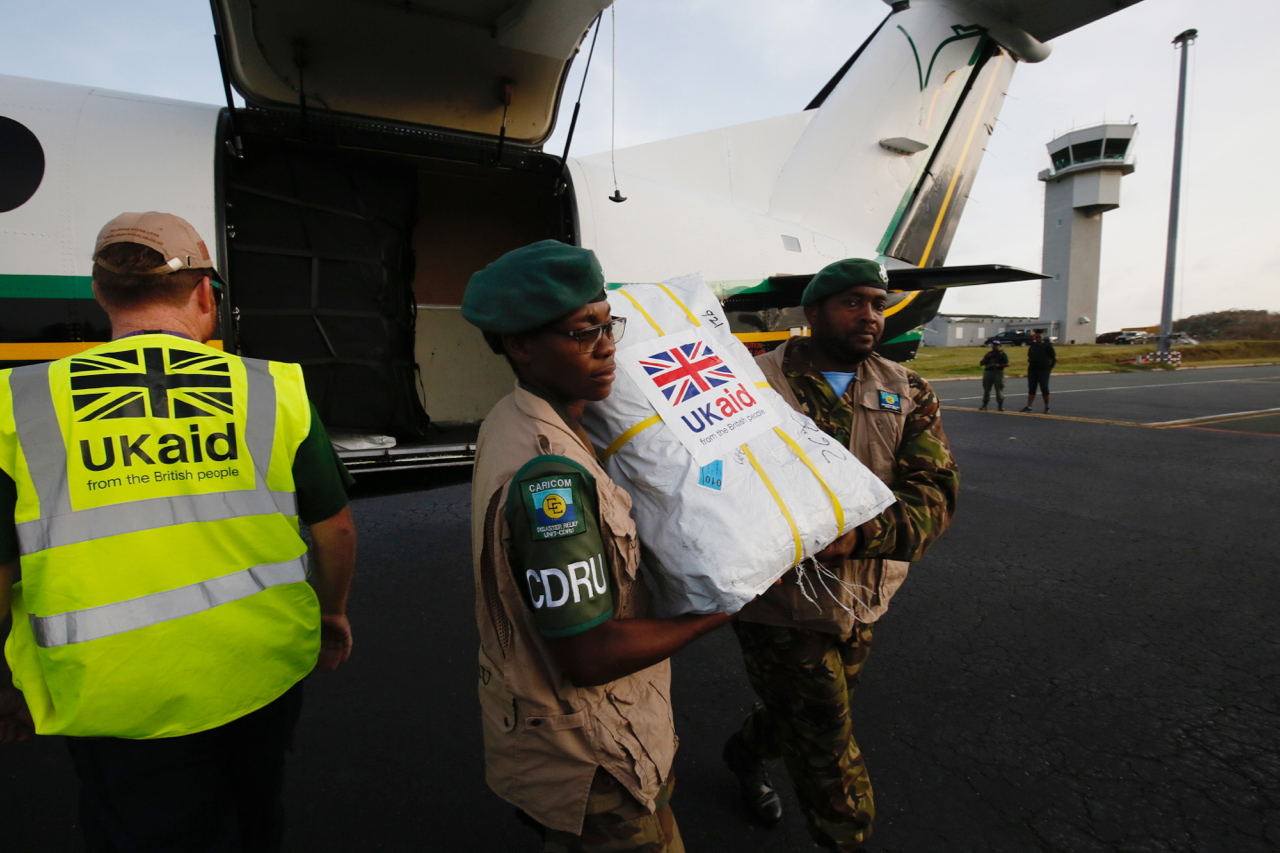Recommended

Blog Post

Blog Post
In the coming weeks, the official opposition party—Labour—is expected to be granted access to civil servants to discuss their policy agenda to enable planning. Election manifestos will also be finalised shortly. But will Labour do any more for global development than the Conservatives have?
Whilst aid spending is not everything in development, HM Treasury and the chancellor have become absolutely instrumental in determining both the quality and quantity of the UK’s spend in recent years. In our recent piece with the Institute for Fiscal Studies (IFS) we made three costless recommendations for improvements, including introducing a reserve to ensure stability in aid spending.
But in this blog, I note that the UK is spending over a third of its aid budget inside the UK, and argue that a new chancellor could and should go further to reset the UK’s reliability, reputation, and international impact. In particular, the Labour party and its shadow chancellor, Rachel Reeves, could make clear that the parliamentary and legal commitment is to spend aid internationally on poverty.
Below I set out Labour’s planned approach to aid spending, the case for a chancellor to take a new approach, the potential cost, and how it might work in practice.
Fiscal responsibility and stability
Labour’s shadow chancellor, Rachel Reeves, is being understandably guarded about any new commitments to spend. She has insisted Labour would offer “stability, investment and economic security”’; said that they “will not spend what we cannot afford”; and called for “iron discipline.” While many development advocates are arguing for the UK to return to spending the higher UN target of 0.7 percent of national income (GNI) on official development assistance (ODA), it is clear that a new chancellor has little or no fiscal or political headroom to do so in the short term; and the shadow foreign secretary has said spend will return to the UN target only when the “fiscal situation allows”—the exact language of the current government.
The shadow chancellor’s new set of fiscal rules (not borrowing to fund day-to-day spending, and reducing national debt as a share of the economy) - are those used previously by Rishi Sunak as chancellor and are also the same two measures put to Parliament to determine when spending would return to the UN target (our note with IFS suggests passing the tests should lead to a graduated rather than instant return).
The UK’s international spend and credibility hit harder than any other
In Reeves’ speech to Labour’s conference last October, she referred to the government’s “kamikaze budget,” and suggested the current approach was “chaos and uncertainty” and “mayhem.” It is not a stretch to suggest that these descriptors could also be applied to the government’s approach to the aid budget.
Nearly every UK development partner—from Bangladesh to Zambia—has faced four successive years of cuts (first, due to the smaller economy during COVID, second as the target was cut to 0.5 percent of GNI; and third and fourth to meet the costs of hosting refugees in the UK). The first three were undertaken within the year that they were announced. This is unprecedented— and the reductions were larger than any departmental cut in austerity.
The chancellor’s approach has drawn widespread criticism with the IFS, the official aid watchdog, ICAI, and the International Development Select Committee making clear the current approach has led to serious perverse incentives and significant damage.
Why should a chancellor care about aid stability?
The UK chancellor has often had a major international role at the G20 and at the IMF but it is now impossible for any of the UK’s main partners—developing or developed—to take its commitments seriously. Even as COP26 president, the UK reduced its spend by billions, undermining its flagship climate finance commitment, and then subsequently moved the goalposts.
And by treating the target as a fixed envelope, the UK is also constrained in emergency situations. If there is a famine, or an extreme climate or humanitarian event, the UK’s current approach means it must cut other activities to respond. Not only does halting spend mid-programme lead to waste; but it also means a prime minister or chancellor's international commitments will lack credibility. Any effort made on COVID vaccines, debt relief, climate, or support to Ukraine just reduced aid spending in some other area.
This is not an honest or effective way for a chancellor to manage a minimum spending target.
In our piece with the IFS, we recommend three actions—first, to create an ODA reserve to absorb spending shocks; second, to base the 0.5 percent budget on the previous year’s national income rather an in-year figure; and third, to have a steady increase in spending back to 0.7 percent once it is clear the fiscal conditions are met. These would go a long way to restoring stability, and enabling responsiveness. Still, a new chancellor should also go further.
The UK is the biggest recipient of UK aid
The UK is now spending more of its aid budget in the UK than any other major provider. While refugee hosting can be reported as ODA; it is clearly not in the spirit of the purpose of “economic development and welfare of developing countries” and the UK has been criticised for ignoring OECD guidance to make “conservative” estimates. The UK is mid-table on refugee-hosting in the G7in terms of the number of refugees accommodated; but it is claiming by far the most to host them; and reducing real aid to do so (by a huge 29 percent). Taking into account other UK spending (like administration, research and hosting students), 38 percent of the UK’s aid budget was spent at home in 2022.
Figure 1: ODA across G7 Countries, 2022 (grant equivalent; %GNI)
Source: Authors’ analysis of OECD DAC1 table
A new approach: Truly international aid spend with an emergency reserve
The UK faces a number of demands for international finance over the coming Parliament, but a de facto budget under 0.4 percent of GNI will undermine its ability to act. This includes potential support in Gaza and Ukraine; a new climate finance goal from 2025 to be agreed at COP29; and a replenishment this December of the World Bank’s fund for the poorest countries.
By anticipating these and other pressures now and allocating the full 0.5 percent, a chancellor can empower the UK internationally and take the credit for moving away from the current approach.
To be specific, I would propose HM Treasury mandates that 0.5 percent of GNI will be spent internationally—across Whitehall departments—while UK refugee costs, any debt relief, and other emergency costs are met from a new ODA emergency reserve (shown as 0.2 percent of GNI below).
Figure 2: Fully allocated 0.5% of GNI ODA and 0.2% Reserve
Source: Authors’ analysis of UK Statistics on International Development, OBR Economic & Fiscal Outlook, ONS
Note: For refugee costs in 2023, we have made a simplified projection which assumes small boat arrivals drive Home Office costs and other Department costs reflect Ukrainian arrivals. We assume these are spread evenly over the 12 months after arrival, and that per head costs reflect those in 2022. We also assume all of the additional ODA made available at the 2021 autumn statement is allocated in 2023.
This would have a cost—though combined debt relief and in-UK refugee costs have only ever exceeded 0.1 percent in the last two years. The amounts will add slightly to spending plans but the Office for Budget Responsibility already incorporates spending allocated at 0.5 percent.
But this approach reflects the legitimate aim of international aid—in particular, Parliament’s recent vote—“to spend 0.5% of gross national income on overseas aid”; but also the International Development Act which provides the legal basis of spend for “one or more countries outside the United Kingdom.” It is surely also consistent with most peoples’ conception of the target.
This would move the UK in the top half of the G7 for real international spend, and enable it to show leadership internationally, especially on climate and reform of the multilateral system.
Will Labour offer any improvement?
At one level, this is not an ambitious proposal—the Liberal Democrats, SNP and Plaid Cymru are all committed to an immediate return to the 0.7 per cent GNI target—and we would like to see the UK and Labour make a return to leading on international development, particularly as leaders Germany and Sweden may be stepping back.
If a new chancellor leaves the framework for the target unchanged, it will be a bitter disappointment that years of Labour criticism, including from its leader, have failed to translate into an improved policy approach.
This proposal would provide substantial improvement over the current government’s approach, and show internationally that “stability, investment and economic security” is the shadow chancellor’s approach.
I’m grateful to Sam Hughes for his good analysis and charts in support of this blog.
Disclaimer
CGD blog posts reflect the views of the authors, drawing on prior research and experience in their areas of expertise. CGD is a nonpartisan, independent organization and does not take institutional positions.
Image credit for social media/web: Leonid Andronov / Adobe Stock







